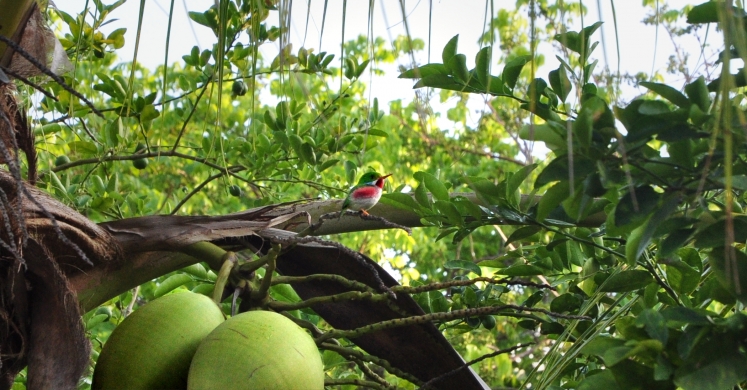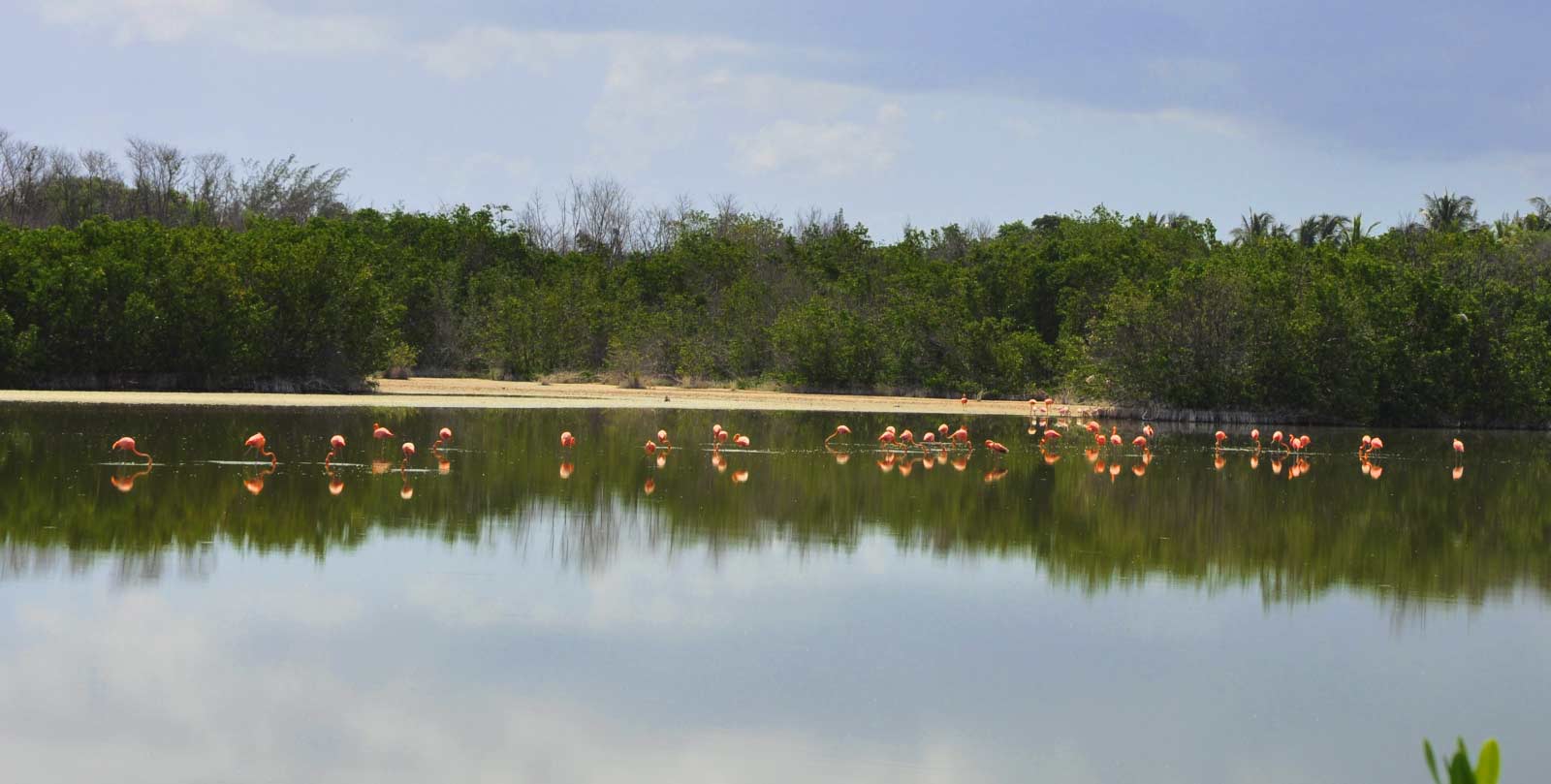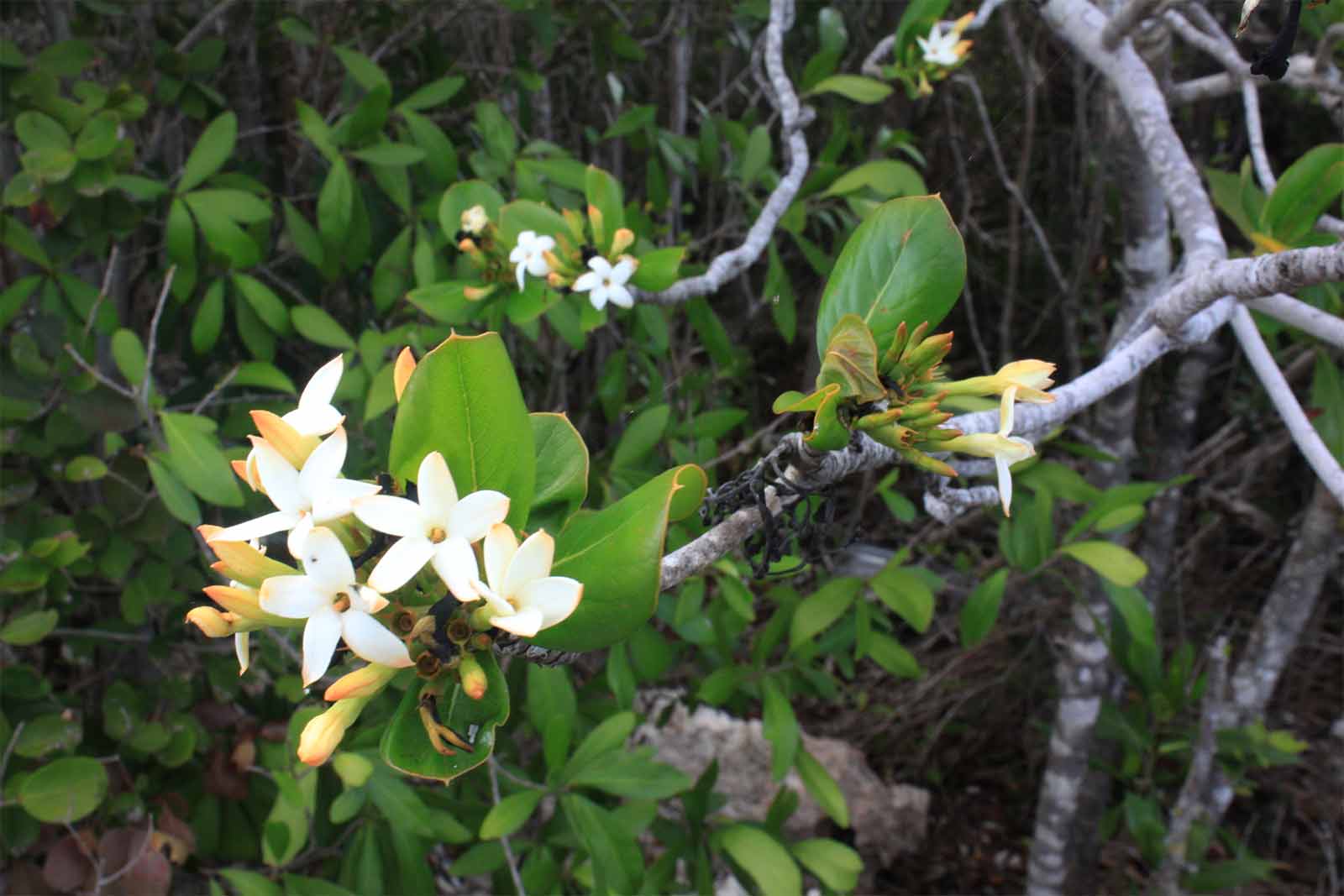Blog

Coming Home from Cuba
Today we awoke early to meet Lore, a birding expert with the Coastal Ecosystem Research Center, and traveled to Paredon Grande and Cayo Guillermo (also Pilar Beach). Over the course of the morning, we visited four different locations and saw a total of 27 different species of birds. The sounds and colors of all of the different birds were amazing, and, in fact, many of the common names for the Cuban species are given based on the sounds the birds make. The most brightly colored bird that we saw was the Cuban tody (Todus multicola), which has bright green and pink/red colors. We also saw Caribbean flamingoes (Phoenicopterus rubu), spoon bills (Ajaia ajaja), and yellow-faced grassquit (Tiaris olivaci), while coastal guava spotted the landscape along with lantana and snake cactus.

In the afternoon we had the opportunity to view some of the coastal marine life by snorkeling. The biodiversity in the ocean paralleled that on land, where every turn revealed a new type of coral or fish. Among the types of coral we saw, included common brain coral (Diploria strigosa), Blade fire coral (Millepora complanata), Common sea fan (Gorgonia ventalina), sea rods, long-spined sea urchin (Diadema antillarum) and sponges. The colors were vibrant, appearing like a painting under the ocean, including blacks, yellows, blues, purples, gold, orange, brown, white and iridescence. At certain points we became a part of the schooling fish, including many brightly colored wrasse, parrotfish, gobies, groupers, damselfish and tangs.

We ended our last evening with live Cuban music and reflections on a country with a vibrant colors, sounds and amazing flora and fauna both above ground and in the water. Cuba is truly an amazing place with so much more to explore, but our trip has come to an end. Stay tuned for new updates on this blog as we integrate our experiences and research into the creation of the Tropical Forest Cuba exhibit!

